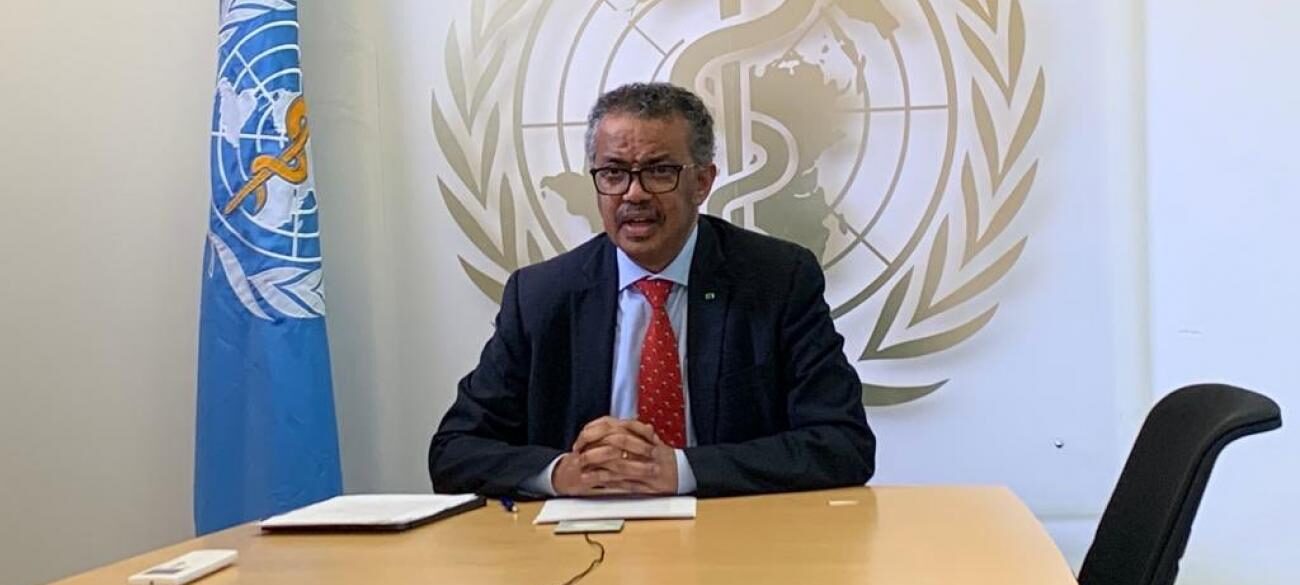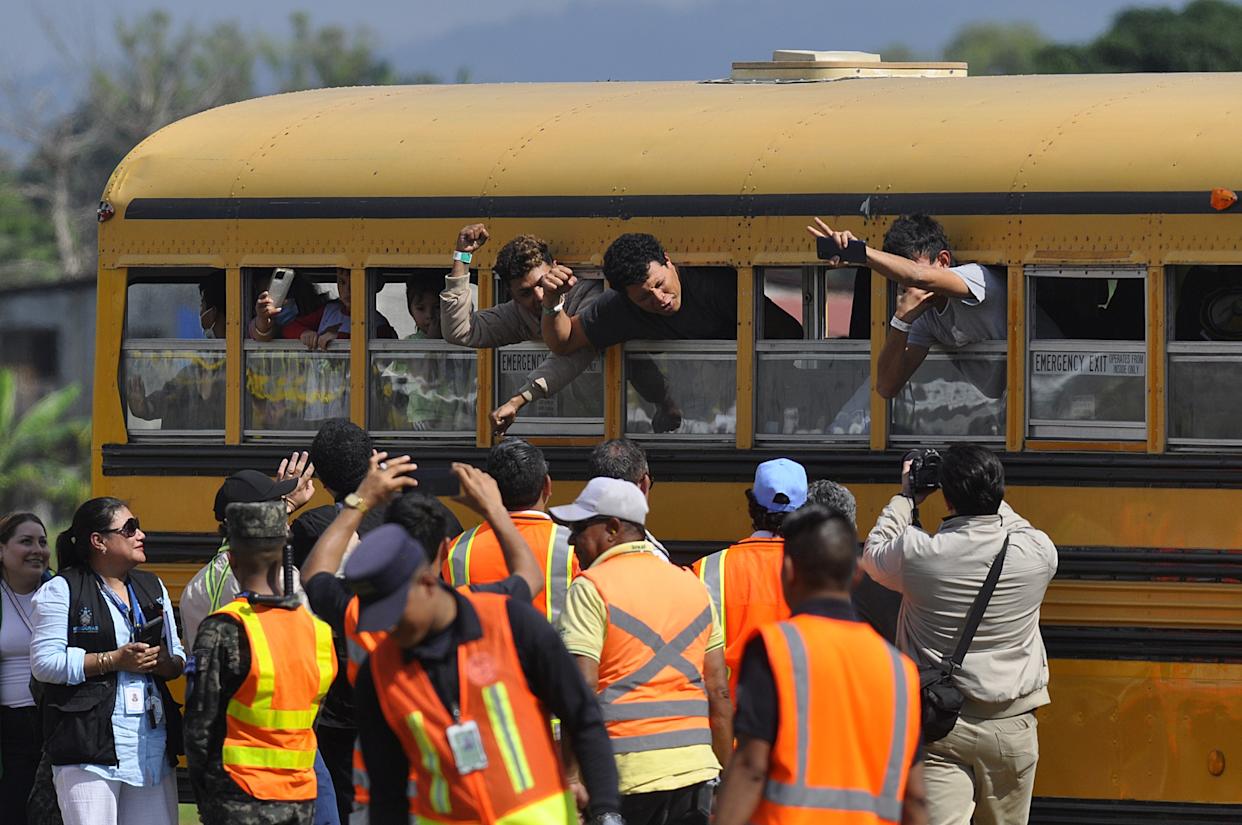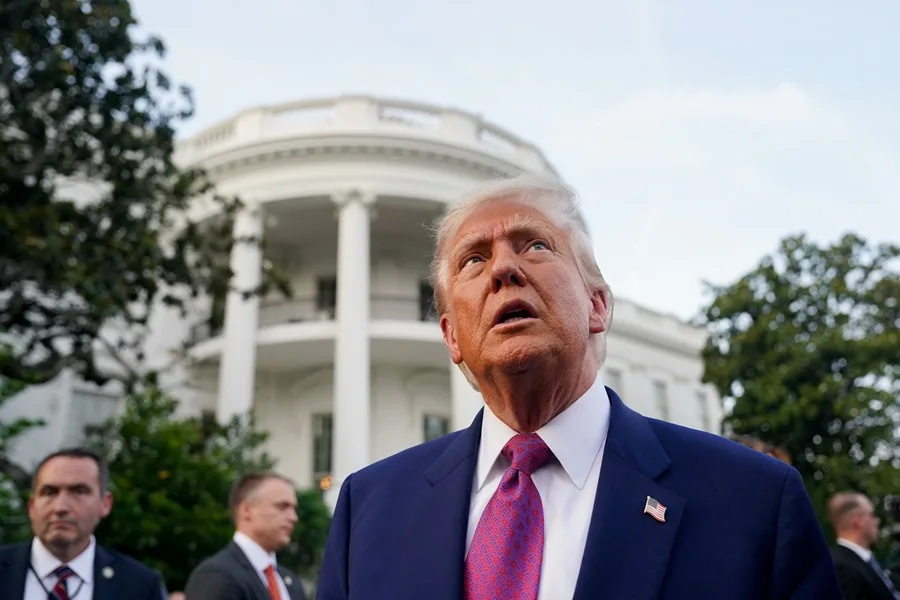International
World can end Covid emergency this year: WHO chief

AFP
The head of the World Health Organization said on Monday that the planet can end the Covid-19 emergency this year, although the virus last week killed someone every 12 seconds.
“We can end Covid-19 as a global health emergency and we can do it this year,” Tedros Adhanom Ghebreyesus told the UN health agency’s executive board.
To do so, countries need to work harder to ensure equitable access to vaccines and treatment, track the virus and its emerging variants, and keep restrictions in place, he warned.
The WHO has for months demanded that countries do more to accelerate the distribution of vaccines in poorer nations, calling on all countries to vaccinate at least 70 percent of their populations by the middle of this year.
Half of the WHO’s 194 member states missed the previous target of vaccinating 40 percent of their people by end-2021 and 85 percent of people in Africa were yet to receive a single jab, Tedros said.
“We simply cannot end the emergency phase of the pandemic unless we bridge this gap,” he said.
“On average last week, 100 cases were reported every three seconds, and somebody lost their life to Covid-19 every 12 seconds,” he added.
Covid-19 has killed more than 5.5 million people since it first emerged in late 2019 and case numbers have been driven to record levels by the new Omicron variant.
Since the strain was first detected in southern Africa nine weeks ago, Tedros said 80 million cases had been reported to the WHO — more than in all of 2020.
Omicron appears to cause less severe disease than previous variants and Tedros confirmed that “the explosion in cases has not been matched by a surge in deaths”.
The WHO chief said the world would need to learn to live with Covid.
“We will need to learn to manage it through a sustained and integrated strategy for acute respiratory diseases,” he said, emphasizing it was “dangerous to assume that Omicron will be the last variant, or that this is the end game.”
“On the contrary,” he said, “globally the conditions are ideal for more variants to emerge.”
“The potential for a more transmissible, more deadly variant remains very real.”
International
Meta Says Russia Seeks to Ban WhatsApp for Defending Secure Communication

U.S. tech giant Meta, the parent company of WhatsApp, said that Russia is seeking to ban the messaging app because it “challenges government attempts to violate people’s right to secure communication.”
Russian authorities have encouraged citizens to switch to state-backed applications, and in August they already blocked WhatsApp’s calling feature.
On Friday, the communications regulator Roskomnadzor claimed that the platform was being used to “organize and carry out terrorist acts in the country, recruit perpetrators, and facilitate fraud and other crimes.”
“If the messaging service does not comply with Russian law, it will be completely blocked,” the regulator warned.
WhatsApp remains one of Russia’s most widely used messaging services, alongside Telegram.
Moscow is pressuring both platforms to grant authorities access to user data upon request for investigations into fraud and activities the government labels as “terrorist.”
Human rights advocates fear the demand could be used to target critics of the Kremlin, President Vladimir Putin, or the war in Ukraine.
International
Archbishop Wenski criticizes Trump’s deportation policies, calls for stronger push for reform

The Archbishop of Miami, Thomas Wenski, has called for increased pressure on the U.S. Congress to advance comprehensive immigration reform and criticized President Donald Trump’s mass deportation policies, arguing that they “do nothing to help.”
“We need to apply more pressure on Congress so lawmakers can make the necessary changes. It is also important for the Administration to listen to our voice. We do not want to be anyone’s enemy—we are Americans,” Wenski said in an interview with EFE.
The religious leader, who heads one of the dioceses with the largest Latino and Haitian populations in the United States, issued a call to defend the rights of migrants. He also emphasized that the U.S. Conference of Catholic Bishops (USCCB) has maintained a strong and public stance in favor of migrants for decades.
International
Trump relaunches diplomatic push to finalize U.S.-Backed peace plan for Ukraine War

U.S. President Donald Trump announced on Tuesday that his diplomatic team will resume meetings with delegations from Russia and Ukraine in an effort to pressure both sides to accept the peace plan proposed by Washington to end the war in Ukraine.
As part of this new round of talks, U.S. Special Envoy Steve Witkoff will travel to Moscow to meet with Russian President Vladimir Putin. Meanwhile, Army Secretary Dan Driscoll will hold discussions with Ukrainian representatives to narrow differences on the remaining points of the agreement.
Trump also confirmed his intention to meet personally with Ukrainian President Volodymyr Zelensky and with Putin, though he emphasized that such meetings will only take place “when the agreement is fully finalized or in its final stage.”
The president claimed that his administration has made “tremendous progress” toward resolving the conflict and reiterated that the war “never would have started” if he had been in the White House at the onset of the crisis.
The U.S.-backed peace plan consists of 28 points and has been revised following feedback from both sides. According to Trump, only “a few points of disagreement” remain under active discussion.
One of the most controversial aspects of the proposal is the suggestion that Ukraine cede parts of the Donbas region to Russia and limit the size of its armed forces. Kyiv is working closely with Washington to soften these clauses in search of an arrangement that does not compromise its sovereignty or security.
With this diplomatic push, Trump aims to solidify his role as the main mediator in the conflict and steer the war toward a political resolution after years of devastation, humanitarian crisis, and rising global geopolitical tensions.
-

 Central America2 days ago
Central America2 days agoTrump Pardons Former Honduran President Hernández and Warns of Aid Cuts Ahead of Election
-

 Central America4 days ago
Central America4 days agoPanama reinforces security with new helicopters and Super Tucano Aircraft purchases
-

 Central America4 days ago
Central America4 days agoTrump urges hondurans to back conservative candidate Nasry Asfura in november elections
-

 International4 days ago
International4 days agoArchbishop Wenski criticizes Trump’s deportation policies, calls for stronger push for reform
-

 Central America1 day ago
Central America1 day agoHonduras’ China–Taiwan Future Hinges on Sunday’s Presidential Election
-

 Central America4 days ago
Central America4 days agoWashington calls for oversight as Honduras faces allegations of electoral interference
-

 Central America5 hours ago
Central America5 hours agoHonduras Extends Voting by One Hour Amid High Turnout, CNE Announces
-

 International2 days ago
International2 days agoMeta Says Russia Seeks to Ban WhatsApp for Defending Secure Communication






























